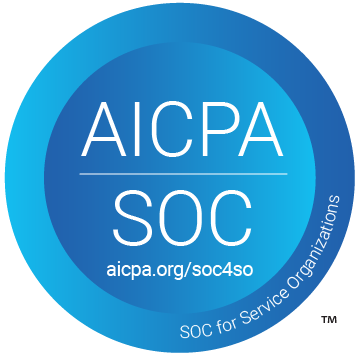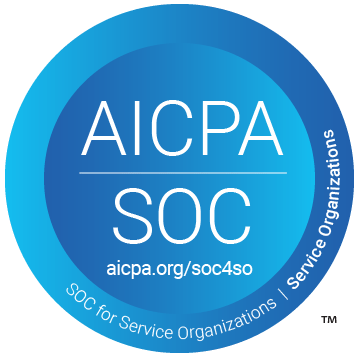Learn how to build a Social Media AI Agent that generates unique content using Pabbly Connect to integrate various applications seamlessly. Follow this definitive guide to creating powerful automated workflows with straightforward, efficiency-focused solutions that save valuable time.
Watch Step By Step Video Tutorial Below
1. Accessing Pabbly Connect for Your Social Media AI Agent
To build your Social Media AI Agent, you first need to access Pabbly Connect. If you’re an existing user, log in directly to the workflow builder. New users can sign up for free by following the landing page URL provided in the description. This allows you to explore Pabbly Connect with a hundred free tasks every month.
Once logged in, navigate to the workflow builder, which is the central hub for creating your automation. Here, you will set the trigger and action that will define how your AI agent interacts with various applications like Google Sheets, Facebook, and Instagram.
2. Setting Up Google Sheets Integration with Pabbly Connect
The first step in your automation process is to integrate Google Sheets using Pabbly Connect. Click on the add trigger button and search for Google Sheets. Select the event as ‘New or Updated Spreadsheet Row’ to initiate the workflow whenever a new entry is added to your sheet.
- Search for Google Sheets in the trigger application.
- Select ‘New or Updated Spreadsheet Row’ as the event.
- Click on connect to generate a webhook URL.
Copy the webhook URL provided by Pabbly Connect and open your Google Sheets. You will need to install the Pabbly Connect Webhooks add-on from the Extensions menu. After installation, refresh your spreadsheet to access the add-on.
3. Configuring the Webhook in Google Sheets
After installing the Webhooks add-on, navigate to the initial setup in the add-on. Here, you will paste the webhook URL you copied earlier from Pabbly Connect. Specify the trigger column, which is essential for sending data to your webhook.
- Paste the webhook URL in the designated field.
- Set your trigger column (e.g., column F).
- Click on submit to save your configuration.
Once you submit, you will see a confirmation message indicating that the setup is successful. Ensure that the ‘Send on Event’ option is enabled in the add-on settings to allow data to be sent to Pabbly Connect when new rows are added.
4. Generating Unique Content Using OpenAI
With your Google Sheets integration set up, the next step is to generate unique content using OpenAI through Pabbly Connect. Add a new action step, search for OpenAI, and select the appropriate event, such as ‘Chat GPT’. Connect your OpenAI account by entering your API key.
Map the input details from your Google Sheets to the OpenAI prompt to generate captions, hashtags, and CTAs. Mapping allows the data to be dynamic, ensuring that the AI generates relevant content based on the latest entries.
Select OpenAI as the action application. Use the ‘Chat GPT’ event to generate content. Map the required fields from the previous step.
After setting up the prompt, click on ‘Save and Send Test Request’ to generate the content. The AI will return the generated caption, hashtags, and CTA in JSON format, ready to be used in your social media posts.
5. Updating Google Sheets with Generated Content
Finally, you need to update your Google Sheets with the generated content using Pabbly Connect. Add another action step, select Google Sheets, and choose the event ‘Update Row’. Connect your Google account and select the spreadsheet where you want to update the content.
Map the generated content fields (caption, hashtags, and CTA) to the corresponding columns in your Google Sheets. This ensures that every time new content is generated, it is automatically updated in your sheet for review or posting.
Select ‘Update Row’ as the event in Google Sheets. Map the fields for the caption, hashtags, and CTA. Click on ‘Save and Send Test Request’ to finalize the update.
Once the update is successful, you will see the generated content reflected in your Google Sheets, completing the automation process. Now, whenever you add new details in your sheet, the AI agent will automatically generate and update the necessary content.
Conclusion
In conclusion, using Pabbly Connect to build a Social Media AI Agent can significantly streamline your content creation process. By integrating Google Sheets with OpenAI and automating the generation of captions, hashtags, and CTAs, you can enhance your social media strategy effectively. With this setup, your team can easily manage and approve content for posting, saving time and effort.
Ensure you check out Pabbly Connect to create business automation workflows and reduce manual tasks. Pabbly Connect currently offer integration with 2,000+ applications.
- Check out Pabbly Connect – Automate your business workflows effortlessly!
- Sign Up Free – Start your journey with ease!
- 10,000+ Video Tutorials – Learn step by step!
- Join Pabbly Facebook Group – Connect with 21,000+ like minded people!






